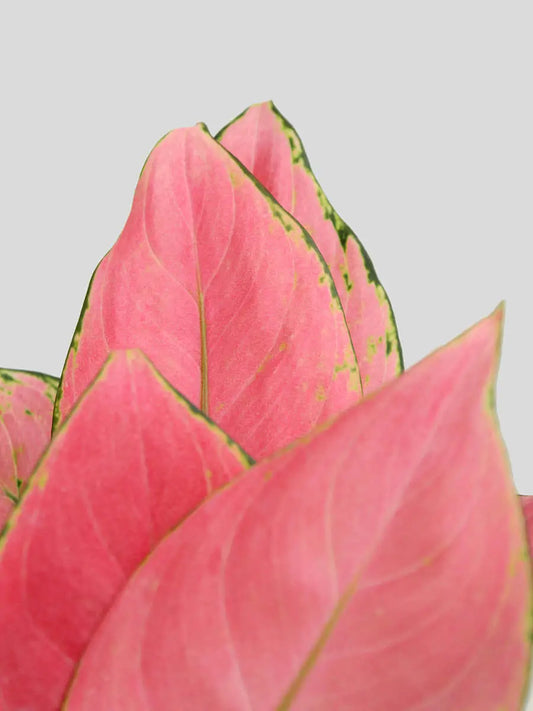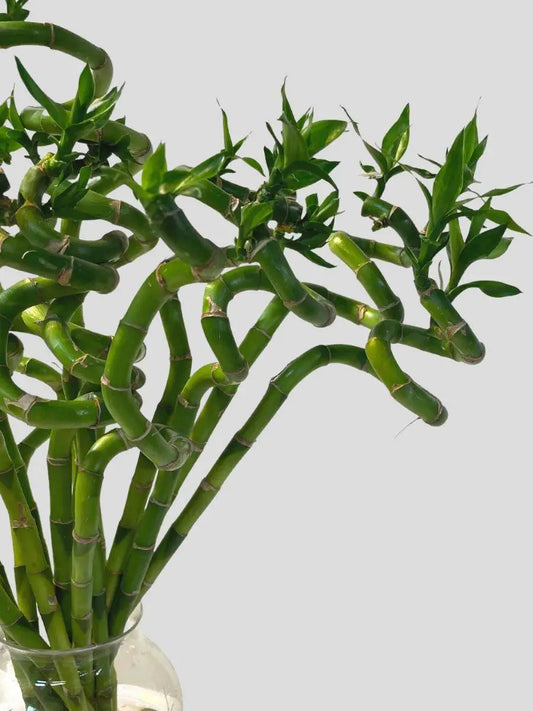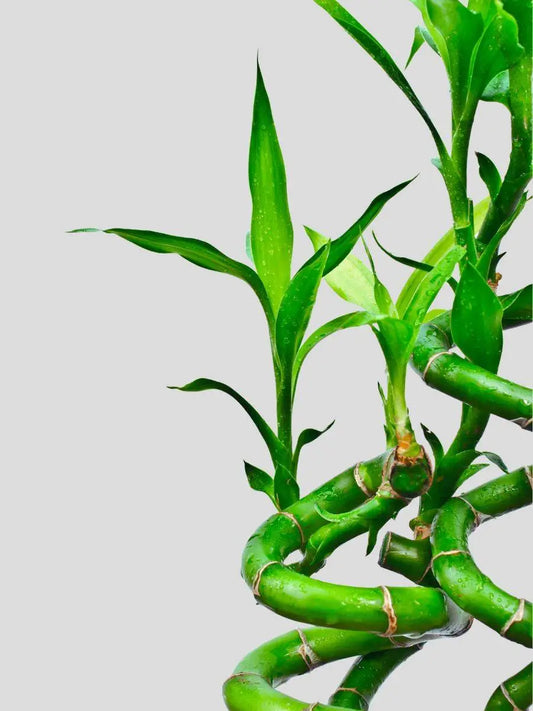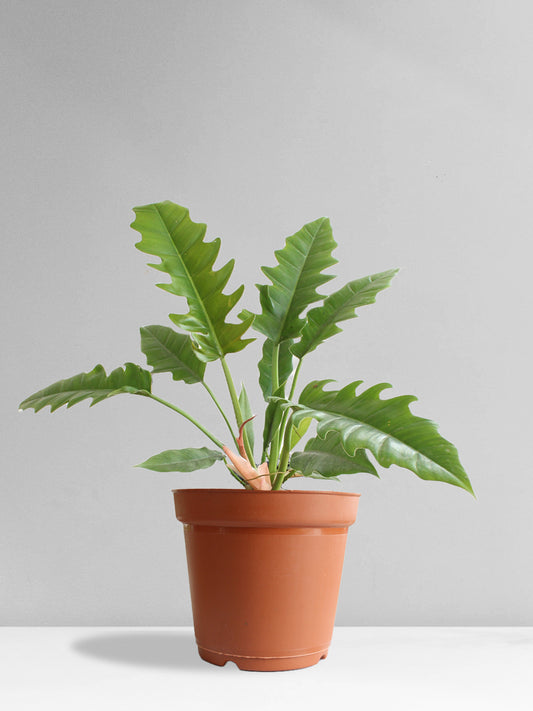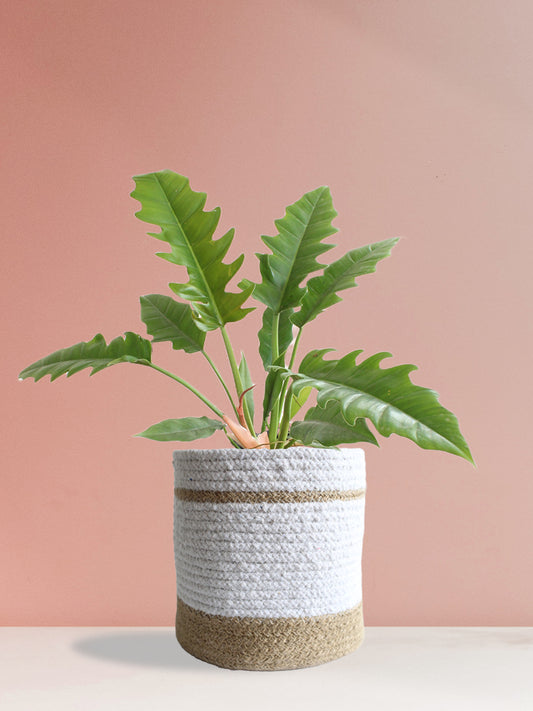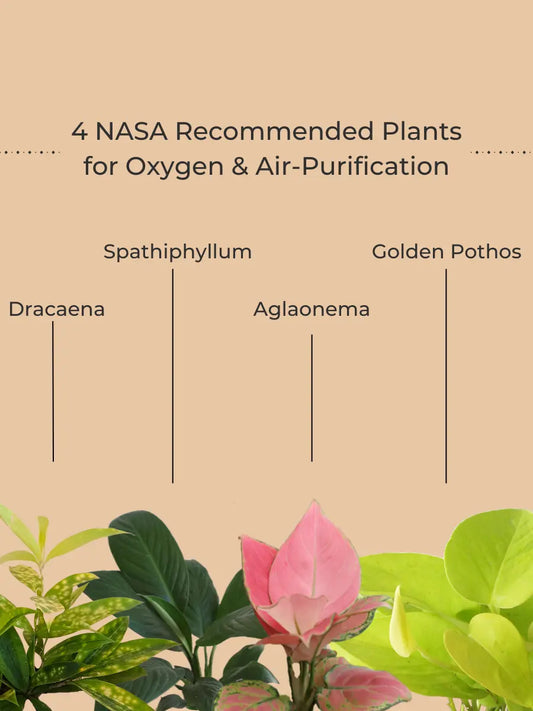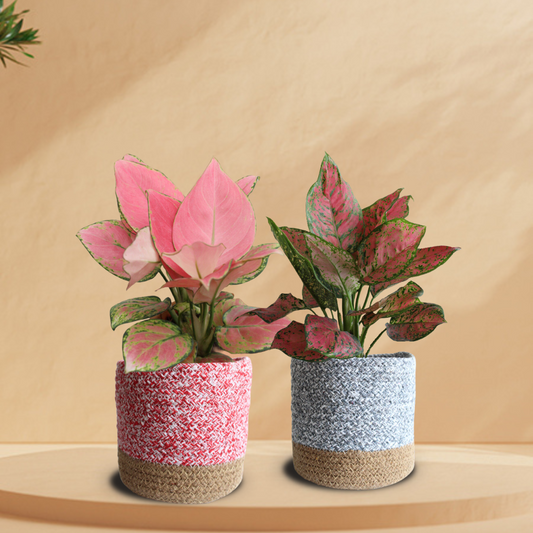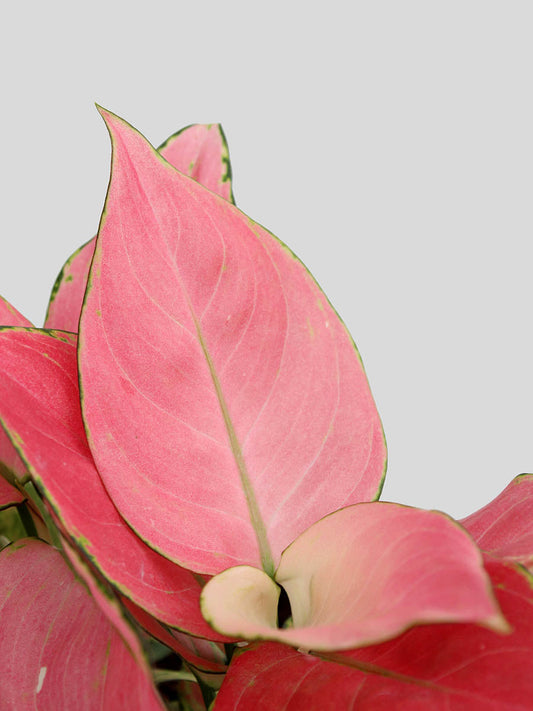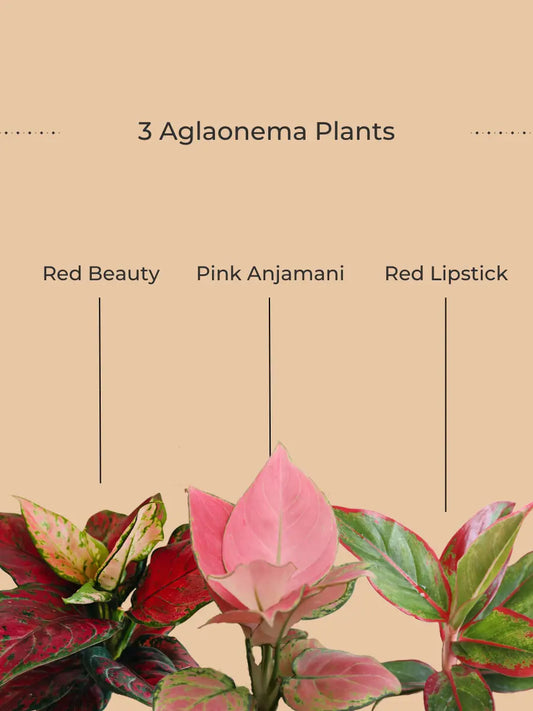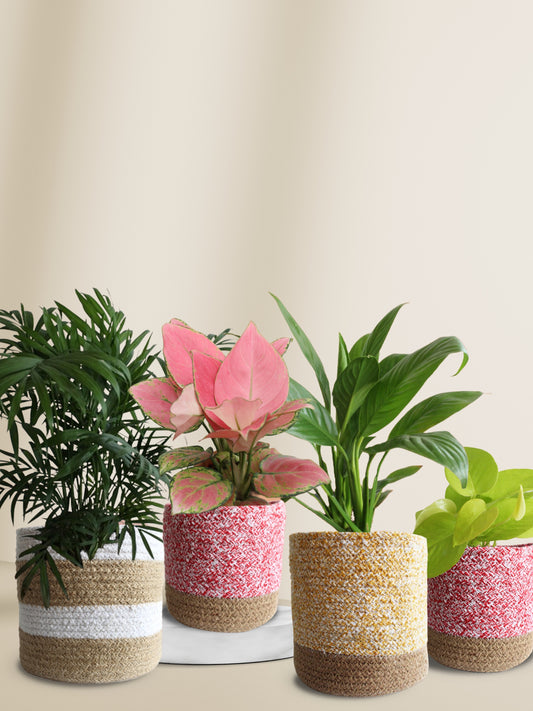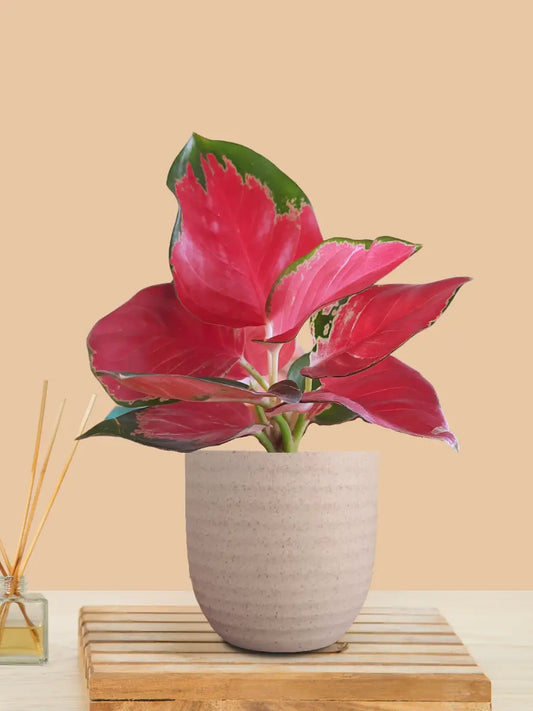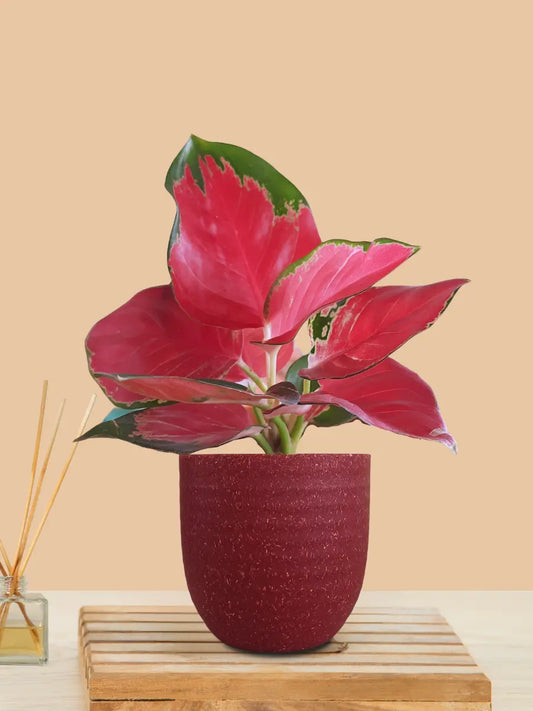The Ultimate Guide to Different Types of Tulsi Plants in India
According to Hinduism, Holy Basil, which is called Tulsi in India, is a holy plant. India reveres it as the "Queen of Herbs" due to its connection with Hindu ceremonies. It is termed the "mother medicine of nature" & the goddess of wealth, health, prosperity, & divine powers. Every Hindu household cultivates Tulsi due to its endless importance. It is a highly auspicious plant that is beneficial to human health.
Explore the tulsi plants that grow in India & the four types of holy basil. Each has its own health benefits. Explore other various types of Mediterranean basil, including African Blue, American, Italian Genovese, Lemon, Purple, Sweet, Thai, & Vietnamese basil. Each one adds a different flavor to food around the world.
Types of Tulsi Plant
Explore the research-based facts about the different kinds of tulsi plants, each with a unique character & aroma. Examples include holy basil (Ocimum sanctum) & Mediterranean basil (sweet basil). Each unique tulsi type has many benefits. Together, their flavors spice up rich cuisines.
According to research, many tulsi types grow in different parts of the world & are broadly classified into two groups:
- Holy Basil:
- Mediterranean Basil (Sweet Basil):
1. Holy Basil:
Learn about Hinduism's "Goddess of Herbs," called Tulsi, an abundant herb in India. Tulsi is botanically known as Ocimum. In India, four distinct varieties of Tulsi have been discovered, each containing its own set of medicinal advantages. Holy basil is categorized into four species:
- O. Gratissum (Vana-Tulsi):
- O. Tenuiflorum (Rama-Tulsi):
- O. Tenuiflorum (Krishna-Tulsi):
- O. Tenuiflorum (Amrita-Tulsi):
1. O. Gratissum (Vana-Tulsi):

Vana Tulsi (Ocimum gratissum) is a woody, fragrant perennial (hardy) basil. The Vana Tulsi plant does not thrive indoors & should be kept outdoors. The plant does best in bright light & needs to be watered every day (except in the winter). Additionally, the holy Vana Tulsi plant is called an adaptogen. Aside from its religious & medical uses, it is considered to reduce inflammation. You can nibble on it because of its adaptability & pleasant aroma.
2. O. Tenuiflorum (Rama-Tulsi):

Ocimum tenuiflorum, called Rama Tulsi, has green leaves but is more winter-resistant. This basil plant needs to be watered often, but not in the winter. Rama Tulsi usually grows in a sunny room. Sunlight is essential for the health of Rama Tulsi. In any Indian home, it is likely the most revered plant. It provides many health & therapeutic benefits due to its anti-inflammatory & antioxidant properties.
3. O. Tenuiflorum (Krishna-Tulsi):

Krishna Tulsi, also scientifically known as O. Tenuiflorum, has purple-fringed leaves & stems. It thrives outdoors in bright sunlight & routine watering (every day in summer, every other day in spring & autumn, & once a week in winter). Krishna Tulsi is revered for its medicinal properties. This tulsi is more antibacterial & antiviral than Rama's tulsi. Ayurvedic medicine also reveres Krishna Tulsi for its immunodeficiency & respiratory support benefits.
4. O. Tenuiflorum (Amrita-Tulsi):

Amrita tulsi, a rare perennial basil variety of Ocimum tenuiflorum, is aromatic & sacred in nature. Similar to other cultivars of tulsi, it thrives in direct sunlight & requires consistent watering when grown outdoors, excluding the winter season. The herb is considered to have calming & stress-reducing properties. Overall, it is a very desired herb for its numerous emotional & mental health benefits.
Also Check This: 13 Best Medicinal Plants of India
2. Mediterranean Basil (Sweet Basil):
Sweet basil, often known as Mediterranean basil, is a widely used herb in various cuisines around the world. It is commonly cultivated in Africa, Asia, Europe, & America. Explore the flavors & cultural references of:
- African Blue Basil (O. Kilimandscharicum)
- American Basil (O. Americanum)
- Italian Genovese Basil (O. basilicum)
- Lemon Basil (O. Citriodorum)
- Purple Basil (O. basilicum)
- Sweet basil (O. basilicum)
- Thai Basil (O. Thyrsiflora)
- Vietnamese Basil (O. Cinnamon)
1. African Blue Basil (O. Kilimandscharicum):

African Blue Basil (Ocimum kilim & Schariacum) is a perennial, aromatic, & culinary basil. It is easy to spot basil because it has beautiful purple flowers & green leaves. A unique feature of African Blue Basil is its strong camphor aroma in leaves, stems, & flowers. It is unique in that it is both edible & tasty! African blue basil is used not only for its culinary value but also for its aesthetic attraction in gardens.
2. American Basil (O. Americanum):

American basil (O. americanum), often called fine verde basil, has narrow, green leaves with occasional blooms & a purple stem. The smell of the leaves & blossoms is very strong & different. It is sometimes described as minty with a strong taste of licorice or curry. It is commonly used in contemporary cooking. Basil is usually thought of as a tender annual plant, but American basil is great for growing in hydroponics.
3. Italian Genovese Basil (O. basilicum):

Classic Italian Genovese Basil (Ocimum basilicum) is traditional European basil with huge, dark green leaves. It is the most popular & extensively used culinary “pesto” basil. The roots of these plants are bigger, & the leaves are green. This plant has a truly divine scent.
Also Check This: Why Tulsi Vivah is Celebrated
4. Lemon Basil (O. Citriodorum):

Lemon Basil (O. citriodorum) is a perennial basil that resembles the Citriodorum variety. The plant resembles a large bush & ranges in color from mild to dazzling yellowish-green. The blossoms, leaves, & stalks of this hybrid of sweet basil & American basil have a delicious lemon fragrance.
5. Purple Basil (O. basilicum):

Purple basil (O. basilicum) belongs to the mint family (Lamiaceae), an aromatic perennial. It features huge purple leaves & stems, which are typically used to enhance the flavor & appearance of meals. It has a mix of an anise & clove flavor profile.
6. Sweet Basil (O. basilicum):

Ocimum basilicum, or sweet basil, is an aromatic perennial plant grown as an annual. This plant is distinguished by its larger, greener foliage & its white flowers. This herb is extremely sensitive to direct sunlight & should be exposed to the elements outdoors.
7. Thai Basil (O. Thyrsiflora):

Thai Basil (O. thyrsiflora) is a particularly famous type of basil that is grown in Asia, especially in Thailand, Cambodia, Vietnam, Taiwan, & Laos. When you taste Thai basil, it tastes more like mint than sweet basil. Thai basil can be bitter due to its high oil content. Any Thai curry meal relies on Thai basil, which gives it its rich flavor.
8. Vietnamese Basil (O. Cinnamon):

Vietnamese Basil (Ocimum cinnamon) is an 18–30 inches tall, slightly aromatic perennial with green leaves, reddish-purple stems, & pink-purple flowers. It is visually appealing, thrives in outdoor environments, & imparts a wealth of aroma & flavor to Thai & Vietnamese dishes.
Also Check This: Vastu Plants for Home
Conclusion
Tulsi is widely recognized for its culinary & medicinal benefits. Tulsi plants can be found across India, including the respected Holy Basil varieties (Vana, Rama, Krishna, & Amrita), which are associated with the nation's Buddhist & Hindu medical traditions. Additionally, Mediterranean basil types such as African Blue, American, Italian Genovese, Lemon, Purple, Sweet, Thai, & Vietnamese basil are found all over the world.



